Free tour Guide to Salem
Feel the pull of Salem as fog rolls across the harbor under autumn skies stretching over Salem Sound. Wander brick sidewalks where 17th-century courthouses, witch trial memorials, and sea captains’ mansions create something haunting between Halloween shops and merchant wharves.
Walking through Chestnut Street estates and Derby Street docks, you’ll spot the deep marks of paranoia and prosperity that turned this Puritan settlement into America’s most legendary port, giving you views of both tragedy and triumph you won’t see anywhere else. Your time in Salem blends witch trial darkness, maritime fortune, and supernatural mystique into a visit that makes three centuries of American contradiction real.
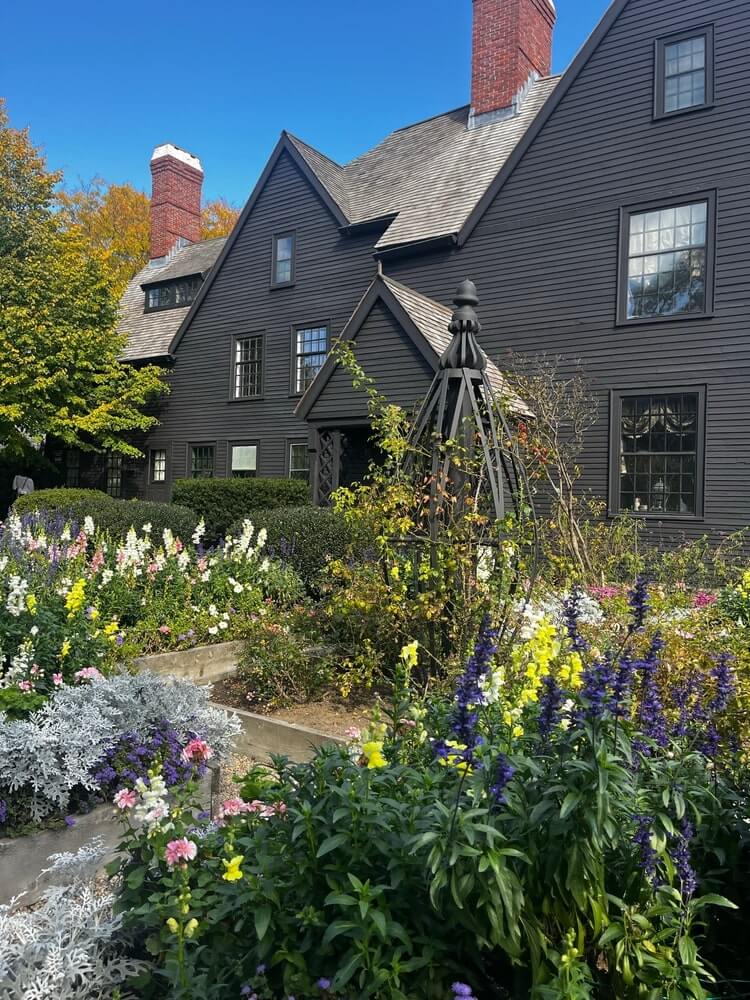
FROM WITCH TRIALS TO BEWITCHED CITY
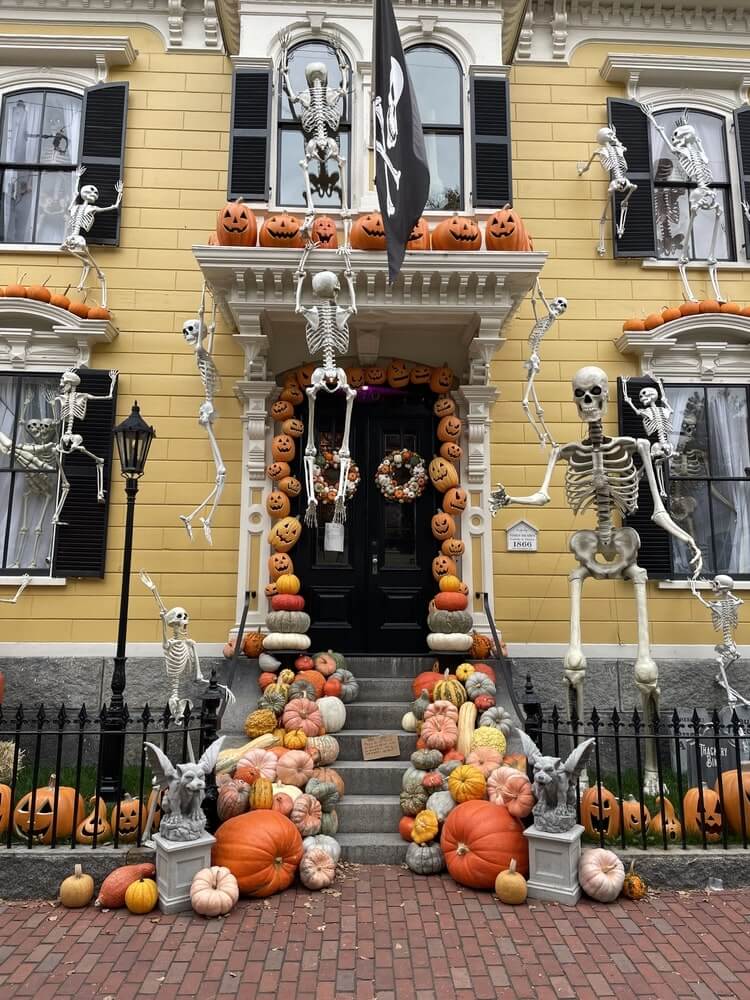
Salem's Best Kept Secret
Top wingman tour in Salem
Unlike many historic towns buried under plastic cauldrons and costume shop chaos, Salem tells a complicated story of American paranoia and maritime fortune from its 1692 witch trials hysteria and centuries of China Trade dominance.
Discover more with our tours!

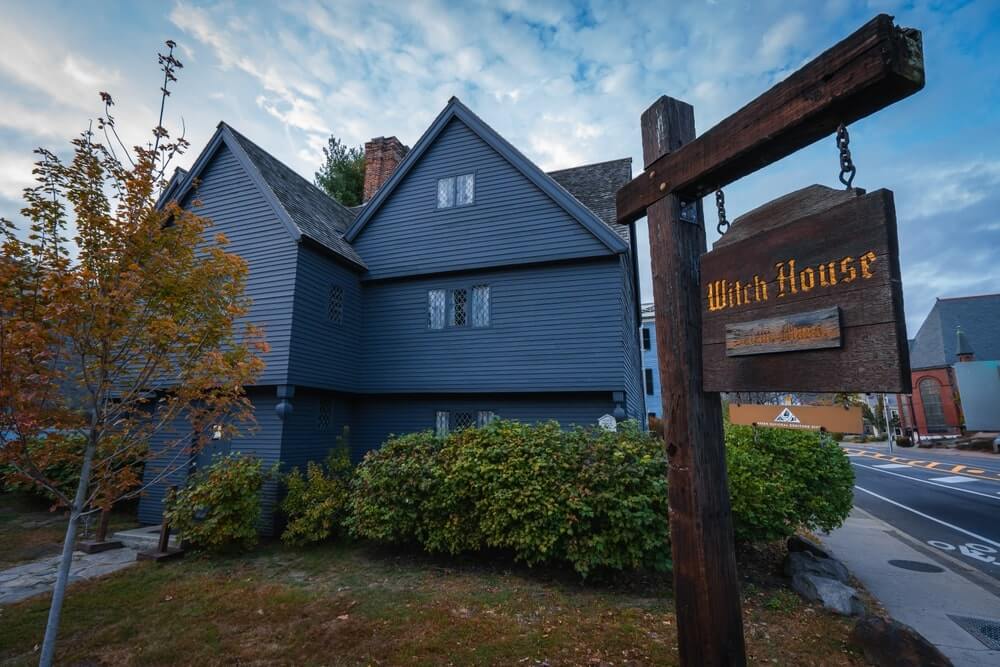
Salem: Charmed and Cursed
UNLOCK YOUR NEXT ADVENTURE
hidden gems of Salem
Unlike many historic towns sanitized by gift shop kitsch and staged spookiness, Salem tells an uncompromising story of American hysteria and maritime ambition from its witch trial executions and centuries of seafaring fortune.
Discover more with our tours!

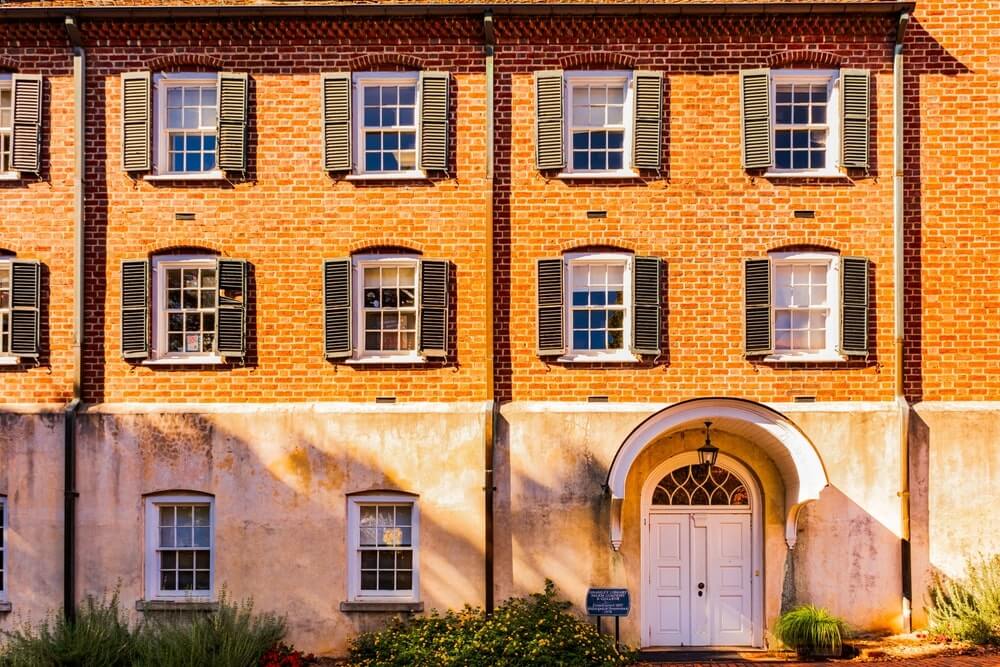
The Phillips Library Reading Room
Inside the Peabody Essex Museum’s research wing on Essex Street, a card-access door leads to a wood-paneled archive containing original witch trial documents, ship manifests from Salem’s East India voyages, and handwritten Nathaniel Hawthorne manuscripts, featuring leather-bound ledgers, 17th-century court depositions, and floor-to-ceiling shelves where serious researchers work among materials most museum visitors never know exist. Most tourists browse the galleries downstairs, never requesting access to this scholar’s sanctuary that holds the actual paper trail of Salem’s darkest and most prosperous moments.
Local Guide Tip: Email ahead for a researcher’s pass—librarians will pull specific witch trial testimony or maritime logs if you give them 48 hours notice, and the room stays nearly empty on weekday afternoons.
Coordinates: 42.5195° N, 70.8967° W
The Custom House's Captain's Walk
Atop the 1819 Custom House on Derby Street, a steep wooden staircase climbs to the rooftop captain’s walk where Nathaniel Hawthorne’s surveyor’s office overlooked Salem Harbor, featuring original widow’s walk railings, telescope mounting brackets, and weathered floorboards where merchants once watched for incoming ships carrying fortunes from Canton and Calcutta. Most visitors photograph the brick building’s exterior from the wharf, never entering to climb these narrow steps that explain why Salem’s wealth depended on spotting sails before competitors could.
Local Guide Tip: Rangers unlock rooftop access only during National Park Service special programs—check their events calendar for “Hawthorne’s View” sessions offered monthly April through October.
Coordinates: 42.5184° N, 70.8832° W
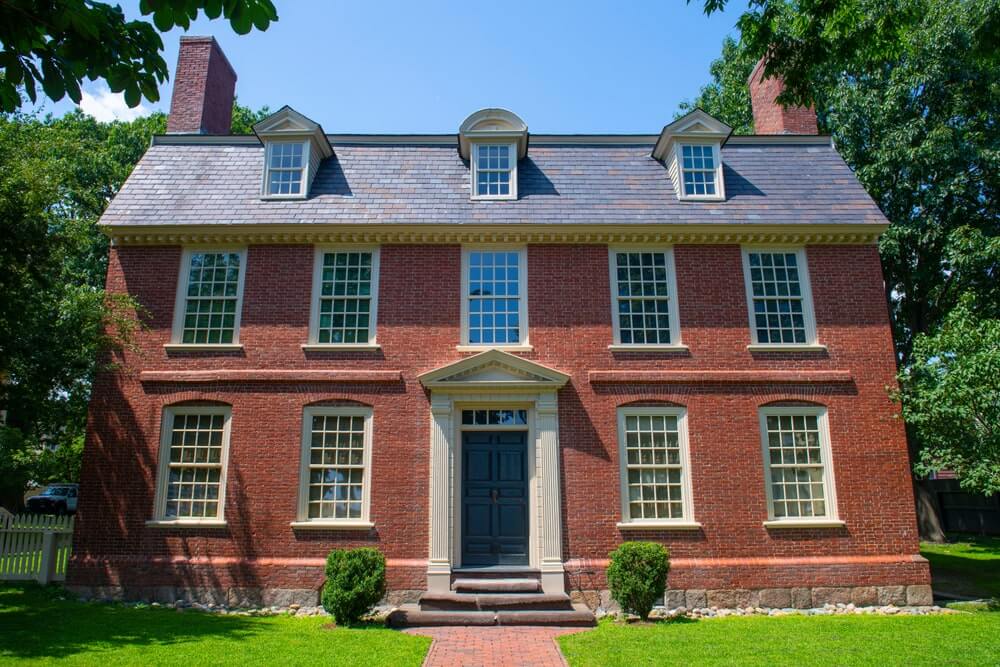
The Witch House's Attic Interrogation Space
Above Judge Jonathan Corwin’s restored 1642 house on Essex Street, a cramped attic stairway leads to the actual interrogation chamber where preliminary witch examinations occurred, featuring exposed beam marks from where accused were sometimes restrained, low ceilings that forced standing witnesses to hunch, and small windows that kept the space deliberately oppressive. Most visitors tour the period-furnished rooms downstairs, never climbing to this claustrophobic garret that shows the physical intimidation built into Salem’s legal proceedings before trials even began.
Local Guide Tip: Ask docents specifically about “attic access”—they limit numbers to four people at a time because of structural concerns, so arrive right when they open at 10 AM to avoid waits.
Coordinates: 42.5209° N, 70.8974° W
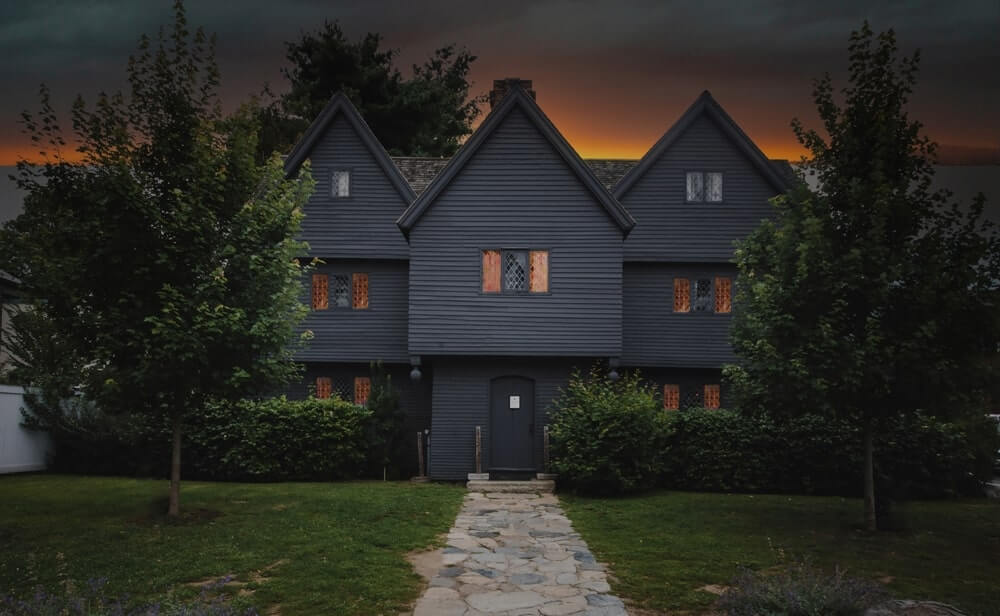
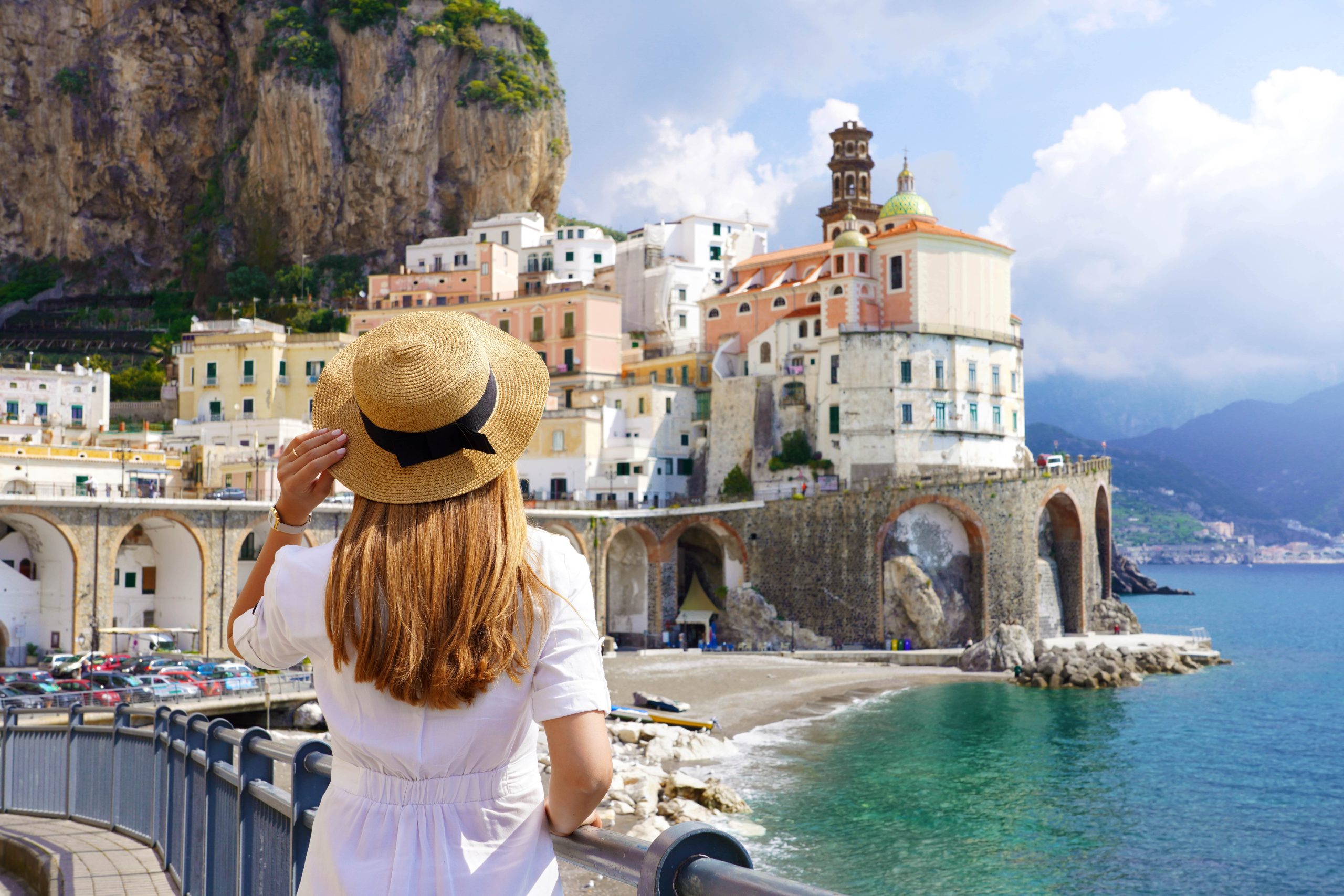
upgrade travel to joy
At Wingman, we’re passionate about transforming your travel experiences from typical to tremendous.
Each city is a new chapter in your adventure book, filled with unique cultures, sights, and sounds for you.
Why stop at one? Explore our global network of destinations, from the romantic streets of Paris to the vibrant landscapes of Bangkok.
Dive into diverse cultures with our expertly crafted tours designed to enlighten and entertain.
SMART TRAVELER BONUS
Salem top sights with insider tips
1. The Witch House (Judge Corwin’s Home)
The only structure still standing with direct ties to the witch trials—Judge Jonathan Corwin interrogated accused witches in his home, and forensic analysis of the attic beams shows rope burns where restraints were likely anchored during questioning sessions.
2. The Burying Point Cemetery
Rebecca Nurse’s empty grave sits here, but her body was secretly retrieved by family after her 1692 hanging and buried on her farm—gravediggers reported the coffin felt too light when lowering it, suggesting the switch happened before the funeral.
3. Salem Witch Trials Memorial
The stone threshold visitors step over to enter bears the protestation words of the accused carved into granite—you’re literally walking over their final testimonies of innocence, exactly as the court symbolically did in 1692.
4. The House of the Seven Gables
Nathaniel Hawthorne’s cousin Susannah Ingersoll told him about a secret staircase in this 1668 mansion, which he fictionalized in his novel—the real hidden passage was used to hide valuable China Trade goods from customs inspectors, not romantic intrigue.
5. Old Town Hall
Built directly over the site of the original 1692 meetinghouse where preliminary witch examinations occurred—construction workers in 1816 unearthed iron restraints and reported “unexplained cold spots” that delayed the building’s completion by six months.
6. Pickering Wharf
During the Yellow Fever epidemic of 1799, captains returning from tropical ports were quarantined on Derby Wharf—sailors who died were buried at sea at midnight to avoid panic, and fishermen still report seeing lanterns moving across the water on windless nights.
7. Ropes Mansion Garden
The elaborate garden behind this 1727 estate was designed to include “mourning paths” with dark flowers after the owner’s daughter died of scarlet fever—her gravestone faces the house so she could “watch” family gatherings through the dining room windows.
8. Chestnut Street (McIntire Historic District)
Samuel McIntire carved protective “witch marks” (daisy wheels and hexafoils) into several doorframes along this Federal-era street—ship captains commissioned them after the China Trade began, fearing curses from foreign ports.
9. The Peabody Essex Museum
The museum’s Asian Export collection includes a cursed Qing dynasty mirror that four different Salem families donated after experiencing “misfortune”—it’s kept in climate-controlled storage and never displayed per the families’ written requests from the 1800s.
10. Gallows Hill Park
Archaeologists confirmed this as the actual execution site in 2016—the rocky ledge where hangings occurred was deliberately chosen because bodies would be visible from town as a warning, and the soil still tests unusually high in iron content from deteriorated restraints and nails.
What are you waiting for?
TRAVEL LIKE A LOCAL, NOT A TOURIST
Create Your Tour with Wingman
Become a Tour Architect
Ever dreamed of crafting your own tour, showcasing your favorite spots or hidden gems? With Wingman, it’s not just a possibility—it’s your next venture! Our platform empowers locals and travel enthusiasts alike to build personalized tours, add unique landmarks, and even earn money with every purchase made.
Earn Profit with your Passion
Turn your local knowledge into a lucrative opportunity. Whether you’re guiding visitors through bustling city streets, serene parks, or to the doorstep of the obscurest eateries, your insights are valuable. Each tour purchase puts money right back in your pocket.
Join a Community of Creators
By joining Wingman, you’re not just building tours; you’re joining a community of creative and passionate tour architects from around the world. Share ideas, get inspired, and expand your reach as you bring your unique perspective to travelers eager for authentic experiences.
More cities, Regions &
audio guides to
discover
Europe
- Amsterdam, Netherlands
- Antibes, France
- Algarve, Portugal
- Andalusia, Spain
- Athens, Greece
- Basque Country, Spain
- Barcelona, Spain
- Belfast, Ireland
- Bern, Switzerland
- Berlin, Germany
- Bordeaux, France
- Brussels, Belgium
- Budapest, Hungary
- Cambridge, United Kingdom
- Cannes, France
- Carcassone, France
- Cinque Terre, Italy
- Colmar, France
- Cologne, Germany
- Copenhangen, Denmark
- Cornwall, United Kingdom
- Cyprus, Cyprus
- Dalmatia, Croatia
- Dijon, France
- Dortmund, Germany
- Dublin, Ireland
- Düsseldorf, Germany
- Edinburgh, United Kingdom
- Éze, France
- Florence, Italy
- Frankfurt, Germany
- Frejus, France
- Gdansk, Poland
- Gelsenkirchen, Germany
- Geneva, Switzerland
- Genoa, Italy
- Glasgow, United Kingdom
- Grasse, France
- Hamburg, Germany
- Helsinki, Finland
- Iceland
- Krakow, Poland
- Lake Como, Italy
- Leipzig, Germany
- Liverpool, United Kingdom
- Loire Valley, France
- Lisbon, Portugal
- London, United Kingdom
- Lucca, Italy
- Lyon, France
- Madrid, Spain
- Mallorca, Spain
- Malmö, Sweden
- Malta, Malta
- Marseille, France
- Menorca, Spain
- Milan, Italy
- Monaco, Monaco
- Mount Vesuvius, Italy
- Munich, Germany
- Normandy, France
- Nice, France
- Oslo, Norway
- Oxford, United Kingdom
- Paris, France
- Pisa, Italy
- Pompei, Italy
- Porto, Portugal
- Portofino, Italy
- Puglia, Italy
- Prague, Czech Republic
- Riga, Latvia
- Rome, Italy
- San Gimignano, Italy
- Santander, Spain
- Sicily, Italy
- Siena, Italy
- Strasbourg, France
- Stratford-upon-Avon, United Kingdom
- Stockholm, Sweden
- Stuttgart, Germany
- Tallinn, Estonia
- Toledo, Spain
- Toulouse, France
- Turin, Italy
- Venice, Italy
- Vienna, Austria
- Vilnius, Lithuania
- Warsaw, Poland
- York, United Kingdom
